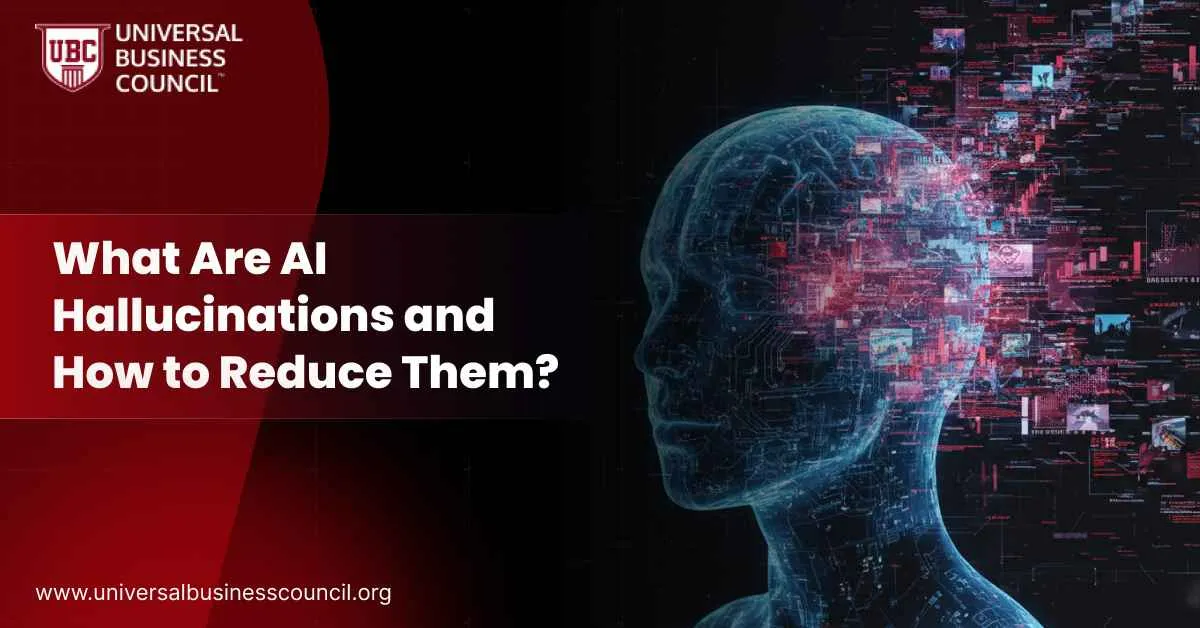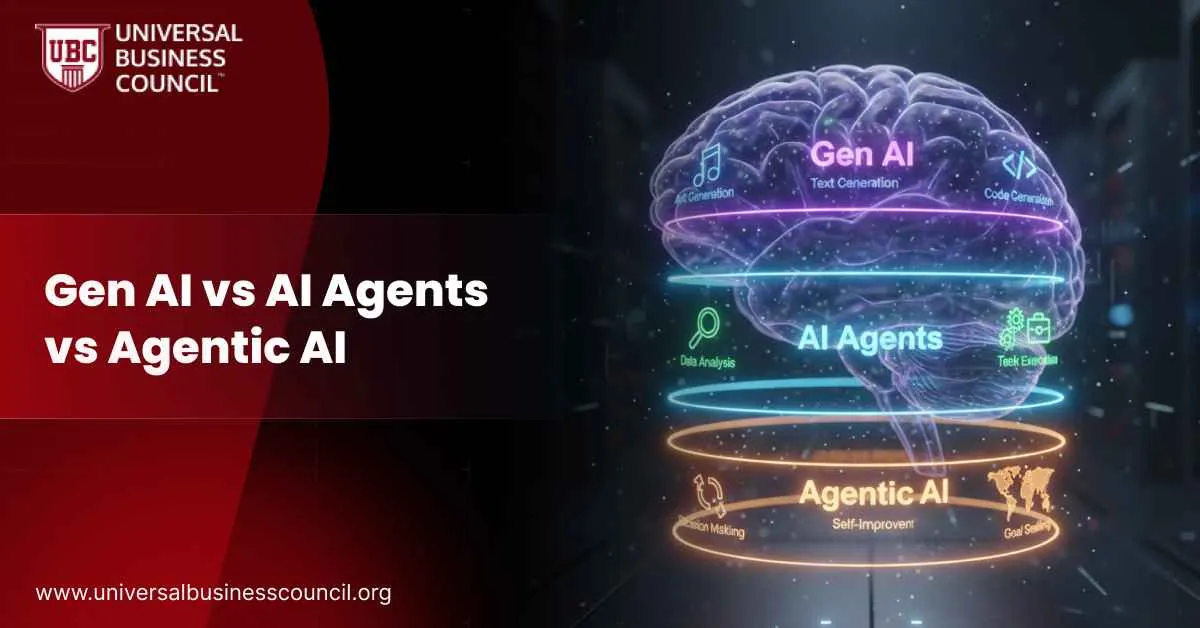 AI hallucinations happen when a system generates information that looks convincing but is actually false. These errors appear in text, images, code, and even multimodal outputs like video or audio. They’re a central problem with today’s large language models and other generative tools. Because the content seems polished, it can be easy for people to accept it as true without verifying.
For organizations, the risks are obvious: misinformation, flawed decisions, and loss of trust. That’s why professionals in every industry are learning how to manage and minimize hallucinations. Training options such as the Marketing and Business Certification give workers the chance to better understand how AI systems function in practice and how to apply them responsibly.
AI hallucinations happen when a system generates information that looks convincing but is actually false. These errors appear in text, images, code, and even multimodal outputs like video or audio. They’re a central problem with today’s large language models and other generative tools. Because the content seems polished, it can be easy for people to accept it as true without verifying.
For organizations, the risks are obvious: misinformation, flawed decisions, and loss of trust. That’s why professionals in every industry are learning how to manage and minimize hallucinations. Training options such as the Marketing and Business Certification give workers the chance to better understand how AI systems function in practice and how to apply them responsibly.
Why Do AI Models Hallucinate?
Hallucinations happen for several reasons. The biggest one is data quality. If the training data is biased, outdated, or inconsistent, the model fills in gaps by generating plausible-sounding but false outputs. Researchers have shown that benchmarks sometimes reward “confident answers,” even when those answers are wrong. This encourages models to guess instead of saying “I don’t know.” Another cause is the way inference works. Retrieval-Augmented Generation (RAG) pipelines sometimes pull in irrelevant documents. When that happens, the model bases its answers on flawed context. Overconfidence also plays a role. Many models present results as certain, even when internal reasoning is shaky. Finally, user expectations influence outcomes. People want clear, confident answers, but that pressure can make models more likely to produce authoritative-sounding hallucinations rather than hedge their responses.New Research on Hallucinations
Recent studies suggest hallucinations may never be fully removed because they are built into how predictive models work. OpenAI researchers found that mathematical limits make errors unavoidable since models predict the most likely word sequence rather than absolute truth. Other teams are testing methods to reduce the problem. One approach, called DeCoRe (Decoding by Contrasting Retrieval Heads), compares different outputs inside the model to improve accuracy. Another, called Smoothed Knowledge Distillation, uses softer training labels from a “teacher model” to stop models from becoming overly confident. Hybrid retrieval methods, which combine dense and sparse searches, have also proven effective in lowering hallucination rates.Strategies to Reduce AI Hallucinations
| Method | How It Helps |
| Retrieval-Augmented Generation (RAG) | Grounds answers in external, verified sources |
| Fine-tuning on domain data | Reduces errors in specific industries |
| Prompt engineering | Encourages models to admit uncertainty and cite sources |
| Smoothed Knowledge Distillation | Trains models to avoid overconfidence |
| Hybrid retrieval systems | Combines multiple search strategies for better relevance |
| Human-in-the-loop review | Ensures accuracy in high-stakes settings |
| Self-refinement mechanisms | Lets models identify and correct their own mistakes |
| Watermarking and provenance tools | Improve trust in generated media |
| Clear evaluation metrics | Reward factuality over confident tone |
| Education and user awareness | Helps people spot and question possible errors |




Leave a Reply